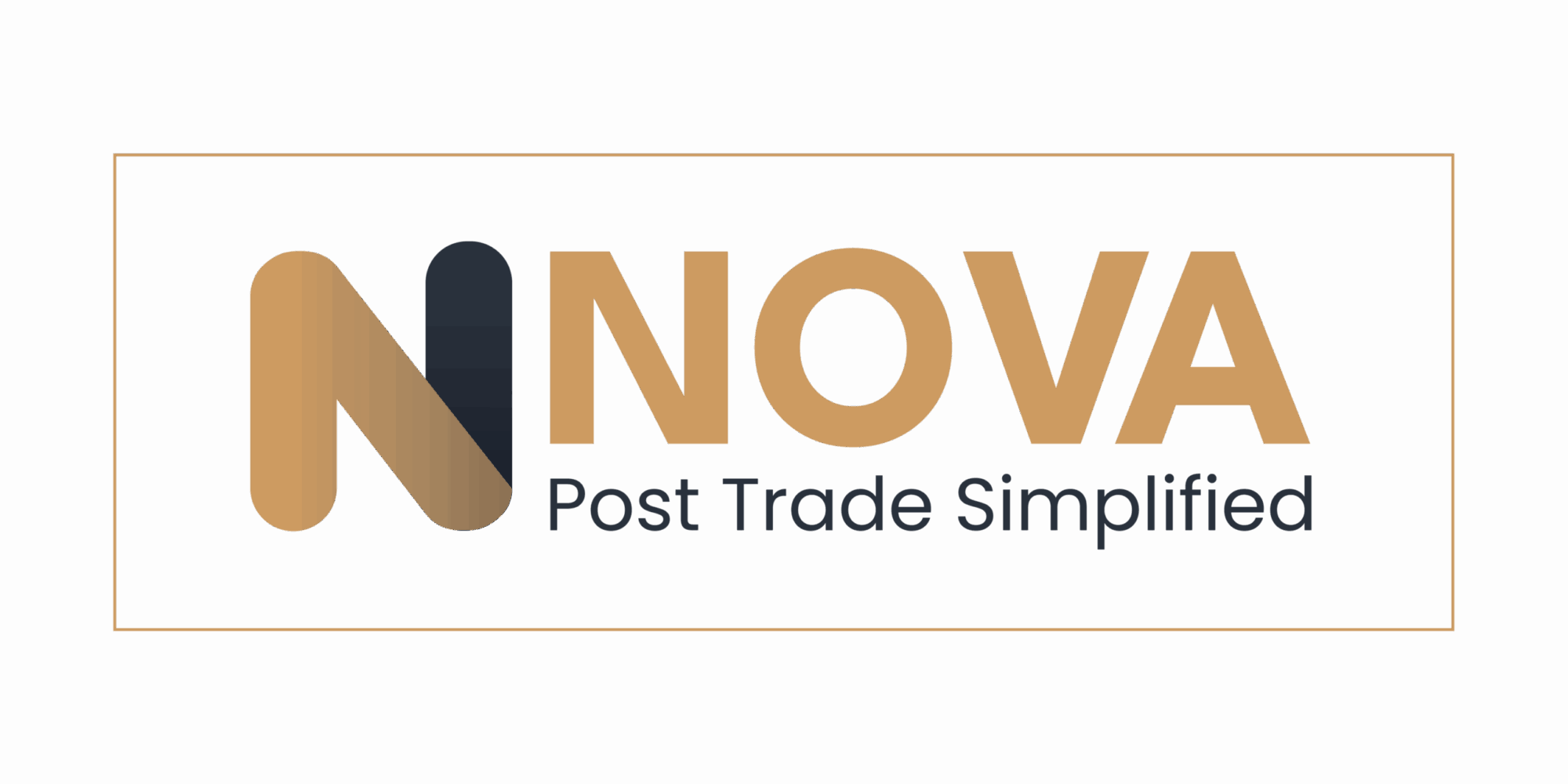
The Buy-Side's Challenges in Implementing T+1 Settlement
Video Transcript
The move to T+1 settlement is about to reshape how financial markets operate, cutting the time to settle trades from two days to just one.
This change is designed to boost efficiency and reduce risk, but for the buy-side, including asset managers and custodians, it brings a host of new challenges.
Firms now face tighter deadlines, increased pressure on back-office operations, and the need for real-time data and faster decision-making.
One major hurdle is the misalignment of foreign exchange cut-off times, which can lead to last-minute adjustments and higher operational risk.
Custodians are also adjusting their internal deadlines, but inconsistencies remain, making it harder for asset managers to ensure timely settlements.
As the industry adapts, technology and collaboration are becoming essential.
Automation, cloud solutions, and strong partnerships with custodians will help firms navigate the transition.
The coming months will be crucial as the buy-side works to turn these challenges into opportunities for greater efficiency and resilience.
To learn more, visit nova.contemi.com or contact us at info@contemi.com to ?book a demo.
In my previous article, “The Run to ZERO: A Deep Dive into Shorter Settlement Cycles“, I highlighted the significant challenges and potential risks associated with transitioning to shorter settlement cycles. As the financial markets brace for the transition to T+1 settlement, scheduled to go live tomorrow, these concerns become even more pressing. This shift from the traditional T+2 to T+1 aims to enhance market efficiency and reduce systemic risk. However, the buy-side, including asset managers and custodians, encounters a myriad of operational and strategic hurdles. This article delves into the current controversies and potential future implications of the T+1 settlement, offering actionable insights for stakeholders.
Introduction
The T+1 settlement cycle, set to be implemented tomorrow, represents a major shift in the financial markets, reducing the settlement period from two days (T+2) to one day (T+1). This change is intended to streamline processes, reduce counterparty risk, and enhance market liquidity. However, the transition has sparked significant debate and operational challenges, particularly for the buy-side, which includes asset managers and custodians who must adapt quickly to the new timeline.
How asset managers and custodians are addressing the T+1 challenge?
The T+1 settlement cycle, set to be implemented tomorrow, represents a major shift in the financial markets, reducing the settlement period from two days (T+2) to one day (T+1). This change is intended to streamline processes, reduce counterparty risk, and enhance market liquidity. However, the transition has sparked significant debate and operational challenges, particularly for the buy-side, which includes asset managers and custodians who must adapt quickly to the new timeline.
Asset Managers
- Vanguard: In preparation for T+1, Vanguard has invested heavily in upgrading its technology infrastructure and operational processes. They have implemented automated trade matching and reconciliation systems to ensure timely settlement and reduce the risk of errors.
- BlackRock: BlackRock has been actively engaging with custodians and other market participants to streamline communication and coordination around settlement deadlines. They have also been educating their clients about the implications of T+1 and the steps they are taking to ensure a smooth transition.
- State Street Global Advisors: State Street has been working closely with its custodian bank, State Street Bank and Trust, to align their processes and systems for T+1 settlement. They have also been conducting extensive testing and simulations to identify and address potential issues before the go-live date.
Custodians
- BNY Mellon: BNY Mellon has extended its cut-off times for clients to submit CLS-eligible trade instructions, giving them more time to ensure trades are settled through CLS and reducing the need for bilateral settlements. They have also been providing educational resources and support to their clients to help them navigate the T+1 transition.
- JPMorgan Chase: JPMorgan Chase has been working with clients to optimize their trade flows and settlement processes to meet the T+1 deadline. They have also been investing in technology to automate and streamline their operations, ensuring timely and accurate settlement.
- Northern Trust: Northern Trust has been proactive in communicating with clients about the T+1 changes and offering customized solutions to address their specific needs. They have also been collaborating with industry groups and regulators to ensure a smooth and coordinated transition to the new settlement cycle.
These demonstrate the proactive and collaborative approach that many asset managers and custodians are taking to address the challenges of T+1 settlement.
Operational & Strategic Challenges
As the T+1 implementation looms, the buy-side is grappling with several operational and strategic challenges:
1. FX Cut-Off Conundrum:
One of the most contentious issues is the foreign exchange (FX) cut-off times. Custodians and settlement systems like CLS (Continuous Linked Settlement) have not aligned their cut-off times with the new T+1 requirements, leading to operational confusion and increased risk for asset managers. The buy-side must now navigate last-minute adjustments to avoid pre-funding trades and managing bilateral settlements, which increase counterparty risk.
2. Operational Challenges
Asset managers are facing significant operational adjustments. This includes updating systems, processes, and workflows to meet the shorter settlement cycle. The need for real-time data and faster decision-making processes has put additional strain on buy-side firms, which must balance settlement security with best execution obligations.
3. Custodian Deadlines
Custodians have been adjusting their internal cut-off times, but inconsistencies remain. Some custodians have moved their deadlines closer to the CLS cut-off, while others have not, creating a fragmented landscape. This inconsistency complicates the buy-side’s efforts to ensure timely settlements, leading to potential liquidity issues and increased operational risk.
4. Risk Management
The reduction in settlement time inherently reduces counterparty risk but also introduces new risks. The need for rapid execution and settlement increases the pressure on trading desks and back-office operations, potentially leading to errors and inefficiencies.
Controversies and Debates
The transition to T+1 has not been without controversy. Key points of contention include:
CLS's Decision Not to Move Its Cut-Off
CLS’s refusal to adjust its cut-off times has been a significant source of frustration. Asset managers argue that this decision does not consider the operational realities of the buy-side, forcing them to make last-minute adjustments and increasing bilateral settlement risks.
Custodian Responses
While some custodians have proactively moved their cut-off times to accommodate the T+1 transition, others have been slower to adapt. This inconsistency has led to a fragmented approach, complicating the buy-side’s settlement processes and increasing operational risk.
Impact on Liquidity
The shortened settlement cycle is expected to create a “golden hour” of liquidity, particularly around the close of the U.S. trading day. This concentration of liquidity could lead to increased volatility and wider spreads, impacting trading strategies and execution quality.
Future Implications and Developments
Looking ahead, the T+1 transition is likely to drive further changes in market infrastructure and practices. Potential future developments include:
Technological Advancements
The need for faster, more efficient settlement processes will likely drive investment in technology, including blockchain and other real-time settlement platforms. These technologies could further reduce settlement times and enhance market efficiency.
Regulatory Adjustments
Regulators may need to revisit and revise existing frameworks to accommodate the T+1 environment. This includes ensuring that all market participants, including smaller firms, can comply with the new requirements without disproportionate costs or risks.
Asset Managers
The operational and financial pressures of T+1 may drive further consolidation in the asset management industry. Smaller firms may struggle to adapt, leading to mergers and acquisitions as they seek to leverage economies of scale and technological capabilities.
Conclusion
The transition to T+1 settlement represents a significant milestone in the evolution of financial markets. While the potential benefits of reduced risk and enhanced efficiency are substantial, the buy-side faces considerable challenges in adapting to the new regime. As the industry navigates this transition, collaboration, innovation, and regulatory support will be crucial in ensuring a smooth and successful implementation. The coming months will be critical in assessing the impact of T+1 and determining the path forward for global financial markets.
Asset Managers
How will smaller asset managers cope with the increased operational demands of T+1?
• Leverage Technology: Smaller asset managers should invest in technology solutions that automate and streamline settlement processes. Contemi’s WIN, a Wealth Management solution, offers Model B outsourcing of back-office operations, enabling wealth managers to focus on core activities while ensuring efficient settlement.
• Collaborate with Custodians: Building strong relationships with custodians who offer flexible cut-off times and robust support can help smaller firms manage the operational demands of T+1.
• Outsource Operations: Consider outsourcing back-office operations to specialized service providers like Contemi’s Nova, a SaaS-based post-trade solution. This can handle the complexities of T+1 settlements, allowing asset managers to concentrate on investment strategies.
What role will emerging technologies play in facilitating shorter settlement cycles?
• Blockchain and Distributed Ledger Technology (DLT): These technologies can provide real-time, transparent, and secure settlement processes, reducing the need for intermediaries and shortening settlement times. Contemi’s Nova is blockchain/DLT ready, ensuring firms are equipped for future advancements.
• Artificial Intelligence (AI) and Machine Learning: AI can be used to predict settlement failures, optimize trade matching, and automate compliance processes, enhancing overall efficiency.
• Cloud Computing: Leveraging cloud infrastructure like AWS can provide scalability and flexibility, enabling firms to quickly adapt to the increased data and processing demands of T+1 settlements. Contemi offers fully capable solutions and managed services in the cloud for both post-trade and wealth management needs.
Will other global markets follow the U.S. lead in moving to T+1, or will a fragmented settlement landscape persist?
Global Coordination: International regulatory bodies should work together to harmonize settlement cycles across markets, reducing fragmentation and enhancing global market efficiency.
• Pilot Programs: Implementing T+1 in phases, starting with pilot programs in select markets, can help identify potential issues and refine processes before a full-scale rollout.
• Market-Specific Adjustments: Recognize that each market has unique characteristics and may require tailored approaches to settlement cycle reduction. Flexibility and adaptability in implementation strategies will be key.
By addressing these questions and leveraging collaborative efforts, the financial industry can navigate the T+1 transition effectively, paving the way for a more efficient and resilient market ecosystem.
Citations & References
• U.S. Securities and Exchange Commission (SEC)
• Contemi Solutions: Nova and WIN offerings
• Insights from “The Run to ZERO: A Deep Dive into Shorter Settlement Cycles“
• Inside the FX cut-off conundrum sparking animosity between the buy-side, CLS and custodians as T+1 looms
Gopala Subramanium
CEO – Capital Market Solutions & Group CFO


Leave a Reply